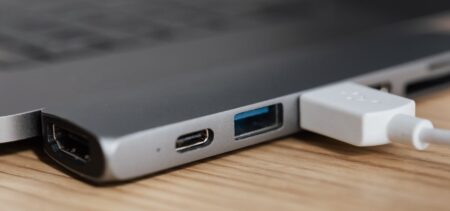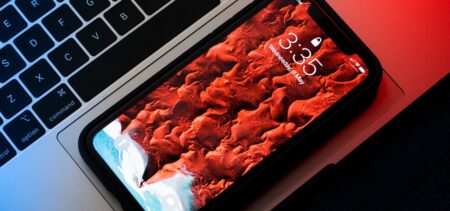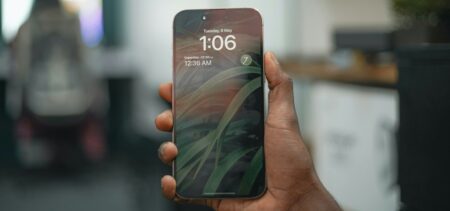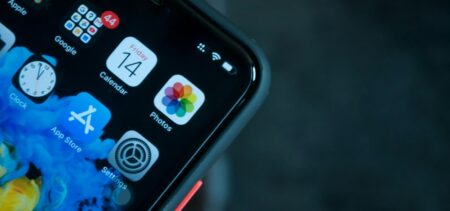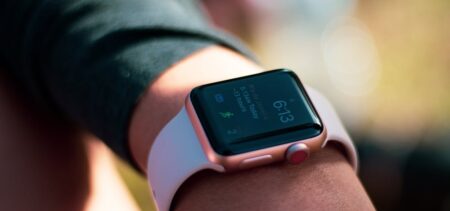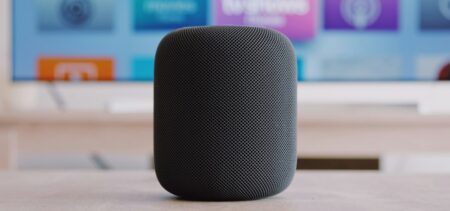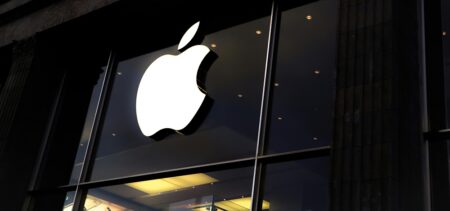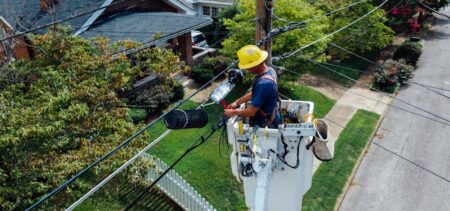A change of heart
Apple recently confirmed that it would give customers the option to switch off the controversial CPU throttling that was meant to save battery and prolong the life of older iPhones. The ability to switch off the battery saver feature will appear in iOS 11.3 when it is released later in 2018.
The company previously apologized about concealing the presence of this feature on its iPhone 6, 6 Plus, SE, 6S, 6S Plus, 7 and 7 Plus models. After the practice was discovered by consumers, Apple said it would reduce the price of an out-of-warranty battery replacement from $79 to $29 for anyone with an iPhone 6 or later – until the end of December 2018. Still, consumers were unhappy with Apple’s solution at the time of the announcement, since their phones would still be affected by the throttling in the future with no way to turn it off. The only solution to restore the phone’s speed would be to replace its battery.
According to the company, the feature was meant to “dynamically manage maximum performance to prevent unexpected shutdowns” in aging iPhones, but customers will be able to “turn it off” after installing iOS 11.3, which will be released later this year. The update will also include new features that will allow users to monitor the health of their batteries and protect their phones against slowdowns. Apple stated that if consumers turn off the CPU throttling, older iPhones will be more prone to unexpected shutdowns. However, most consumers will likely welcome the ability to choose.
The legal and regulatory consequences
The customers’ main gripe is that when their old iPhones started performing worse, they bought a more recent model, since they were unaware that the previous phones’ decaying batteries were causing slowdowns – not the devices themselves. Some consumer advocacy groups and individual iPhone users actually took the legal route to address their grievances in a global backlash. Overall, they claim that Apple worsened the consumer experience of their phones by throttling them, didn’t give the consumers any opportunity to opt out of the feature, and failed to inform them about their degraded experience. As of December, 15 cases had been filed in central California, Chicago, the Bay Area, New York, northern California, Israel, France, Korea, and Texas.
Furthermore, The U.S. Department of Justice and the Securities and Exchange Commission are also investigating whether Apple violated securities laws by not disclosing the throttling feature to its shareholders, according to Bloomberg. Investigators are reportedly looking into the company’s public statements on the situation to determine whether it misled investors about the performance of older iPhone models. The company confirmed that it had been contacted by authorities and responded that it “[has] never — and would never — do anything to intentionally shorten the life of any Apple product, or degrade the user experience to drive customer upgrades.” Apple added that it sought only to improve the customer experience by preventing unexpected shutdowns that might otherwise occur on devices with batteries no longer able to deliver peak power.
Moving forward
It is unclear what consequences disabling the throttling will have on a larger scale, assuming that Apple enabled it for good reason. iPhone 6s owners previously experienced unexpected shutdown issues similar to those that might occur without the battery saver option, but it’s difficult to say how users will react if they start experiencing shutdowns. This is an unprecedented move for Apple, since they’re leaving what is purely an engineering decision in the hands of potentially unexpected users who might not understand the consequences of disabling throttling.
The iOS 11.3 beta is already available to members of Apple’s Developer Program, so chances are that users enrolled in the program will start reporting their experiences with un-throttled phones soon. The option to turn off the throttling is located in the Settings app, under Battery, along with the battery health information. TechRepublic released a guide to turning off the power management toggle for developers.
One thing is clear: given the backlash that came after the CPU throttling was discovered, Apple had no choice but to make the feature optional in order to even attempt to redeem itself in the eye of its consumers. It seems like the company’s biggest mistake was keeping the feature a secret, since many users now see it as an attempt to induce planned obsolescence. While it may not have garnered universal acclaim upon its announcement, the CPU throttling wouldn’t have been nearly as controversial if Apple had simply included it in the iOS update notes. Will this scandal affect Apple’s reputation in the long run? Will iPhone sales decrease in the future because of it? We can only wait and see. However, there is a lesson to learn in all of this: never deceive your customers – even if you truly believe it’s for their own good.
















